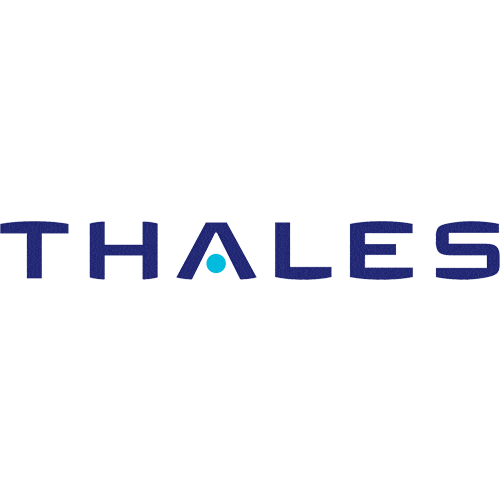FINE2: Furthering Improvements in Integrated Mobility Management, Noise and Vibration and Energy in Shift2Rail

The Shift2Rail project FINE-2 (Furthering Improvements in Integrated Mobility Management (I2M), Noise and Vibration, and Energy in Shift2Rail) is the follow-on project to Shift2Rail FINE-1. FINE-2 aims at increasing the attractiveness, capacity, and reliability of rail transport by:
- Enhancing rail traffic management
- Reducing the operational costs of railways
- Reducing the annoyance and exposure to noise and vibration related to rail transport in Europe.
FINE-2 is composed of three workstreams running in parallel:
- Energy workstream;
- Noise and Vibration workstream;
- Integrated Mobility Management workstream.

DLR is participating in the Energy workstream and has contributions in several work units e.g. HVAC (Heating, Ventilation and Air Conditioning).
The project includes technical work packages that support the fulfillment of the EU objectives to increase the attractiveness of rail transport. The work packages deal with the general reduction in energy consumption for rail vehicles which indirectly lead to a reduction in greenhouse gas emissions . The existing tools from FINE1, e.g. OPEUS, a simulation environment for assessing and optimizing of Energy Usage aspects of rail innovations, are used to quantify improvements in energy consumption. The work packages led by DLR are the evaluation and benchmarking of intelligent control and waste heat utilization approaches to reduce the worst-case energy consumption of HVAC systems in multiple battery units (BEMU). Furthermore, the focus is on identification of promising energy saving measures for future analysis regarding their effects on the thermal comfort and / or the reliability of the HVAC units in operation. In addition, energy savings achieved on an urban scenario by real measurements and their assessment comparison against theoretically estimated values are examined. Technologies such as the Hybrid SiC traction converter will be analyzed and a methodology to define the running resistance of the vehicles while running through tunnels of different characteristics will be defined.
All in all the expected FINE-2 advances of the state-of-the-art in energy management and control methodology, will improve the competitiveness of the European railway system compared to other modes of transportation and thus promoting a modal shift to rail.
For further information please visit the official website of the FINE2 project.
Project Partners:
COORDINATOR
Beneficiaries

